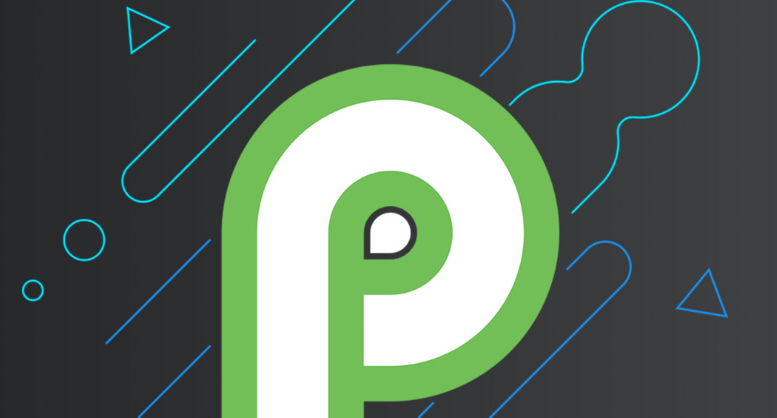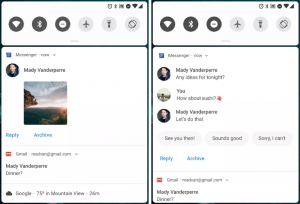Just like before any mayor new Android version comes out, we always get a few developer previews. Android P is no exception.
Keep in mind, this is a developer preview of Android P. Some stuff might be added or removed by the time the final version of Android P comes out, so don’t go and flash it on your main phone unless you really have to. Nevertheless, here is what it brings to the table…
One of the mayor things the new version of Android will support are the display cutouts, something that can be found on phones like the essential phone. This will allow devs to see how their app will behave on phones with the cutouts.
The other change you might see is in the notification area. Keep in mind that is is just a preview and it might not look like this in the final product, but it is a nice touch-up. This will also change the look of notifications from messaging apps, allowing you to include recent lines from your conversation if you want to reply inline right inside the notification. There are a few more bits here and there, though. Android is finally introducing a standard dialog box UI for when apps want to verify your identity with a fingerprint, for example.
- Android P notifications
Some more things worth noting…
- Restricted access to mic, camera or any sensor in SensorManager for apps that are idle.
- Support for more codecs, including HDR VP2 profile 2 and HEIF.
- A multi-camera API so an Android app can individually request the data from more than one camera sensor at once. This will help on devices with dual cameras.
- Wi-Fi RTT (Round-Trip-Time), allowing apps to get better indoor positioning data, by measuring the distance of various Wi-Fi access points.
- Better autofill, making stuff like password management easier.
- Improved performance for apps wrote in Kotlin.
- Doze, standby and background limits are improved, and Job Scheduler is now better at understanding the device’s network state and batching apps network requests together.
- Google is also warning developers that Android P is going to start throwing up warning boxes at users when they install apps that “targets a platform earlier than Android 4.2.” Basically, if you’re not using a recent SDK for your app, Google will make you feel bad by making your users distrust your app a little. It’s also going to expect that apps submitted to the Google Play store target Android Oreo in November and, in 2019, that they support 64-bit hardware.
- Google is also going to start “a gradual process to restrict access to selected non-SDK interfaces.” That’s code for “use the public APIs that we have created for Android or maybe someday your app won’t work” (not an actual quote). The company is taking this one slowly and is encouraging developers to reach out if their app isn’t covered.
Also, here is Google’s video about it…
Source: theverge.com



Be the first to comment on "Android P developer preview is here, and here is what it brings"